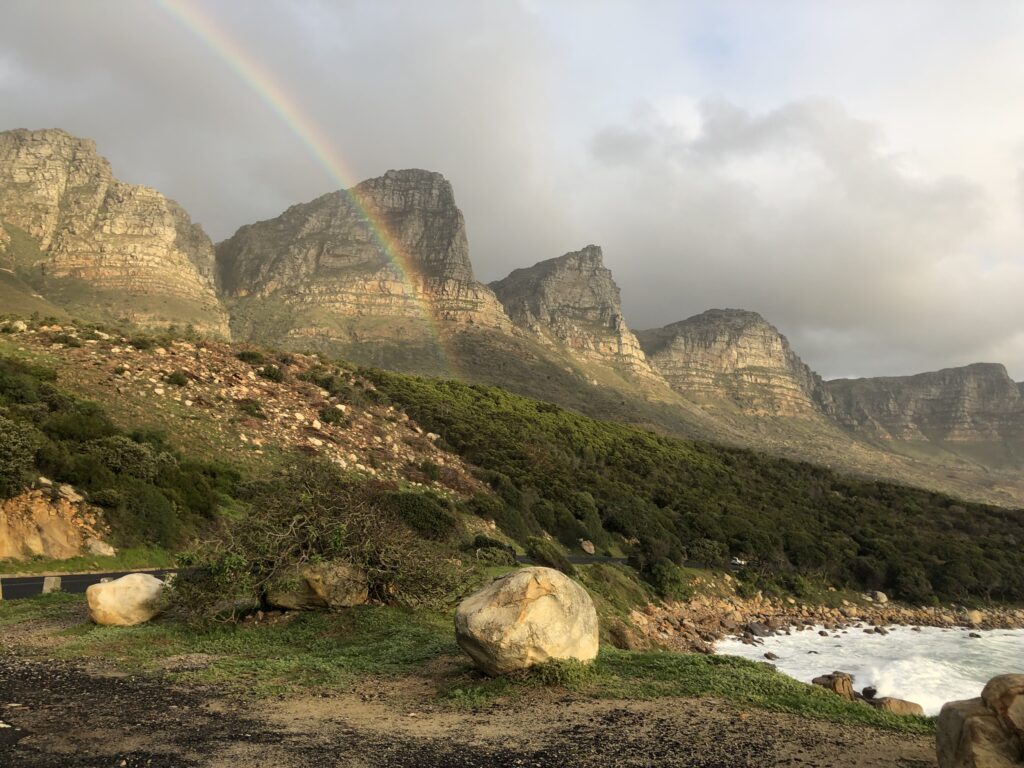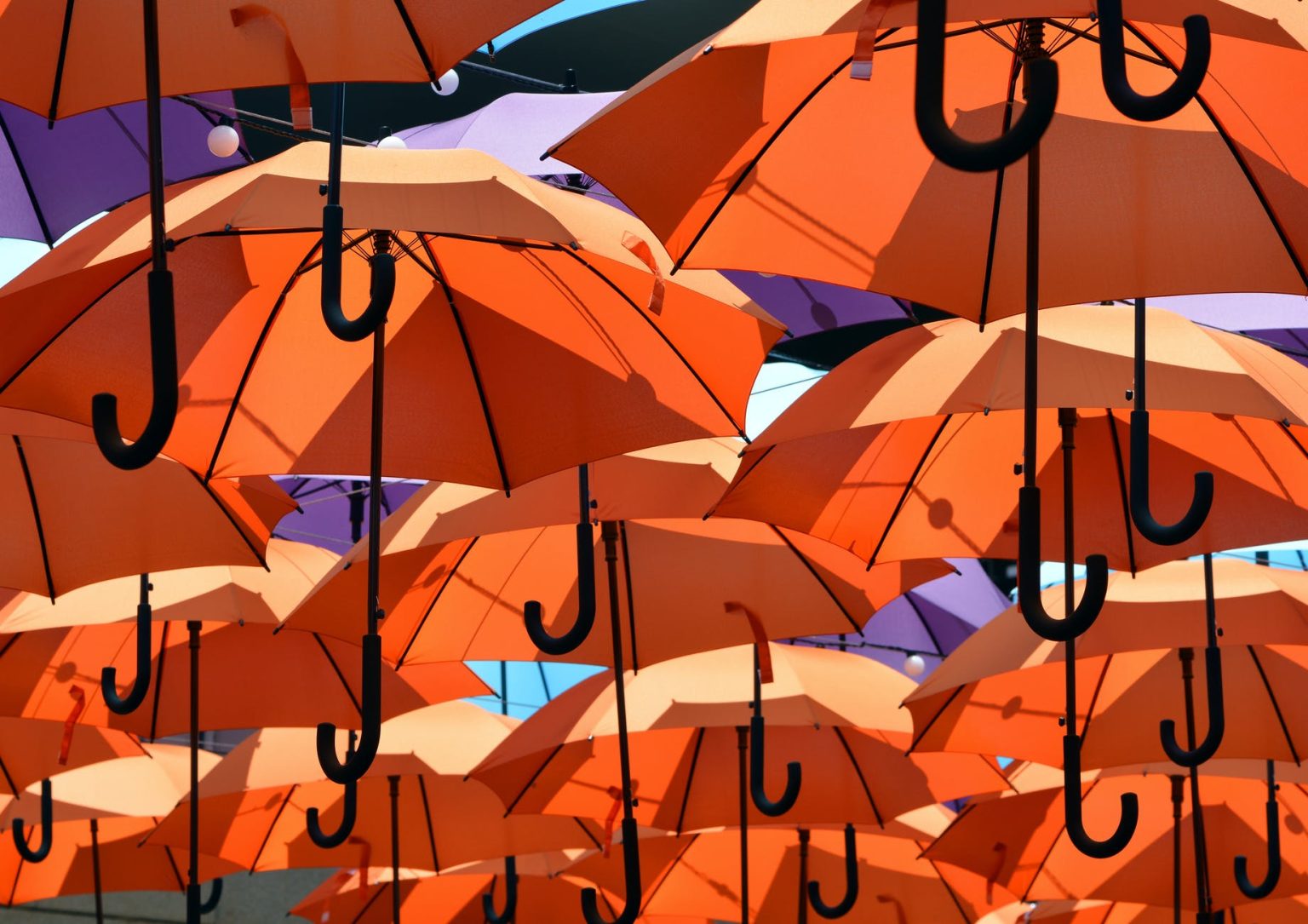A rainbow is one of nature’s most beautiful phenomena, often symbolizing unity and diversity with its stunning range of colors. It has captivated human imagination for centuries, partly because its end remains unreachable. I recently witnessed the birth of a rainbow in a spider’s web spun across some succulents on the ground, and it left me in awe.
Rainbows appear only to those who can perceive them. You’ll never see a rainbow from the side; they require the right conditions. A rainbow needs three key elements: (1) the sun behind the observer, (2) raindrops in the air that reflect and refract the sun’s light, splitting it into colors, and (3) an observer to witness this play of colors. Light, as it enters a raindrop, first bends, then reflects off the back of the raindrop, and finally exits in a refracted form, ending up in our eyes as a rainbow.
The sun’s white light consists of many colors. When it passes through different media, like air or water, the light changes direction. This effect is called refraction, and it explains why, for example, objects under water appear shifted. Not all colors are refracted equally: blue light bends more than red light, leading to the distinctive separation of colors we see in a rainbow.
The sun, which is not a single point but a large disk, creates a rainbow that appears as a bow. Without the ground to block our view, we could see a full circle, as some people have observed from airplanes. Because the sun’s light comes from a large disk, the edges of a rainbow are not sharply defined but rather blurred, and it appears as bands of color.
In my observation, small water droplets suspended in the spider’s web acted like tiny mirrors, each reflecting a miniature version of the world. These droplets played a critical role in the formation of a miniature rainbow. As the droplets blurred out of focus, they began to refract light in different colors. On one side, the droplets took on more bluish hues, while on the other, they leaned towards reds and oranges. Though the rainbow was not as vivid as one might see in the sky, it was unmistakably there, a beautiful moment in miniature.
When I saw the rainbow beginning to form in this small setting, I couldn’t believe my eyes. To confirm what I had seen, I closely examined the colors. The gradual transition from blue to red, with intermediary greens and yellows, reaffirmed that a rainbow was being born right before me.
Nature is full of small wonders like this, and moments like these remind me of the magic in everyday surroundings. This small, fleeting rainbow may not have been the vibrant spectacle we see after a rainstorm, but it was just as inspiring, a reminder of the beauty found in the most unexpected places.
These observations of light refraction in everyday settings continue to intrigue me. Light behaves differently based on its color, which is also why the sky is blue and sunsets are red. The atmosphere scatters blue light in all directions, while red light passes more directly, making it more prominent during sunrise and sunset.
The natural world, with its endless play of light and color, continues to reveal its wonders to those who take the time to look closely. The birth of a rainbow in the delicate web of a spider is just one of the many fascinating phenomena that nature has to offer.



